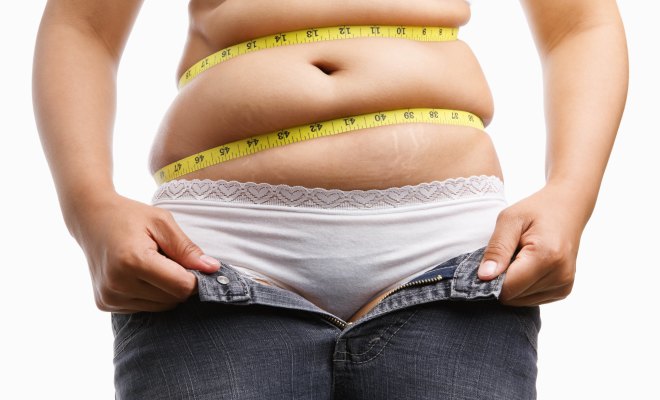
How fat travels through the body
Fat may seem like the enemy of civilized people-Yet we cannot live without it. Fat plays a key role in the structure and flexibility of cell membranes, and it helps regulate the movement of substances through those membranes. Special types of fat, (eicosanoids) send hormone-like signals that exert intricate control over many bodily systems, mostly those affecting inflammation or immune function.
Of course, the best-known function of fat is an energy reserve. Fat has more than twice the energy-storage capacity of carbohydrates (9 calories per gram vs. 4 calories per gram). It has been estimated that lean adult men store about 131,000 calories in fat, enough energy to keep the average person alive for about 65 days.
For fitness professionals, the prime concern arises when the body’s fat-storage function works too well, hoarding unwanted fat that makes people unhealthy and self-conscious about their appearance. Understanding how fat travels through the body can help personal trainers work with clients to reduce excess body fat and improve athletic performance.
The Fatty Acid to Muscle journey
Fat resides primarily in designated fat-storage cells (adipocytes). Most adipocytes are just under the skin (subcutaneous fat) and in regions surrounding and protecting vital organs (visceral fat). Nearly all fat in adipocytes exists in the form of triacylglycerols (TAGs or triglycerides). Each TAG consists of a backbone (glycerol) with three fatty-acid tails.
Depending on energy supply and demand, adipocytes can either store fat from the blood or release fat back to the blood. After we eat, when the energy supply is high, the hormone insulin keeps fatty acids inside the adipocytes. After a few hours of fasting or (especially) during exercise, insulin levels tend to drop, while levels of other hormones—such as epinephrine (adrenaline)—
When epinephrine binds to adipocytes, TAG stores go through a process called lipolysis which separates fatty acids from their glycerol backbone. After lipolysis, fatty acids and glycerol can leave the adipocytes and enter the blood.
Fatty Acids in the Blood
Because fat does not easily dissolve in water, it needs a carrier protein to keep it evenly suspended in the water-based environment of the blood. The primary protein carrier for fat in the blood is albumin. One albumin protein can carry multiple fatty acids through the blood to muscle cells. In the very small blood vessels (capillaries) surrounding the muscle, fatty acids can be removed from albumin and taken into the muscle.
Fatty Acids: From Blood Into Muscle
Fatty acids must cross two barriers to get from the blood into the muscle. The first is the cell lining of the capillary (endothelium), and the second is the muscle-cell membrane (sarcolemma). Fatty-acid movement across these barriers was once thought to be extremely rapid and unregulated. More recent research has shown that this process is not nearly as fast as once thought and that the presence of special binding proteins is required at the endothelium and sarcolemma for fatty acids to pass through. Two proteins that are important for fatty-acid transport into the muscle cells are FAT/CD36 and FABPpm.
What we eat is priority number one. Keeping this Health, Heart & Pocketbook discipline in mind, we can’t go wrong. See ya next time!
Facebook/IG/Twitter: Artiesuniverse







